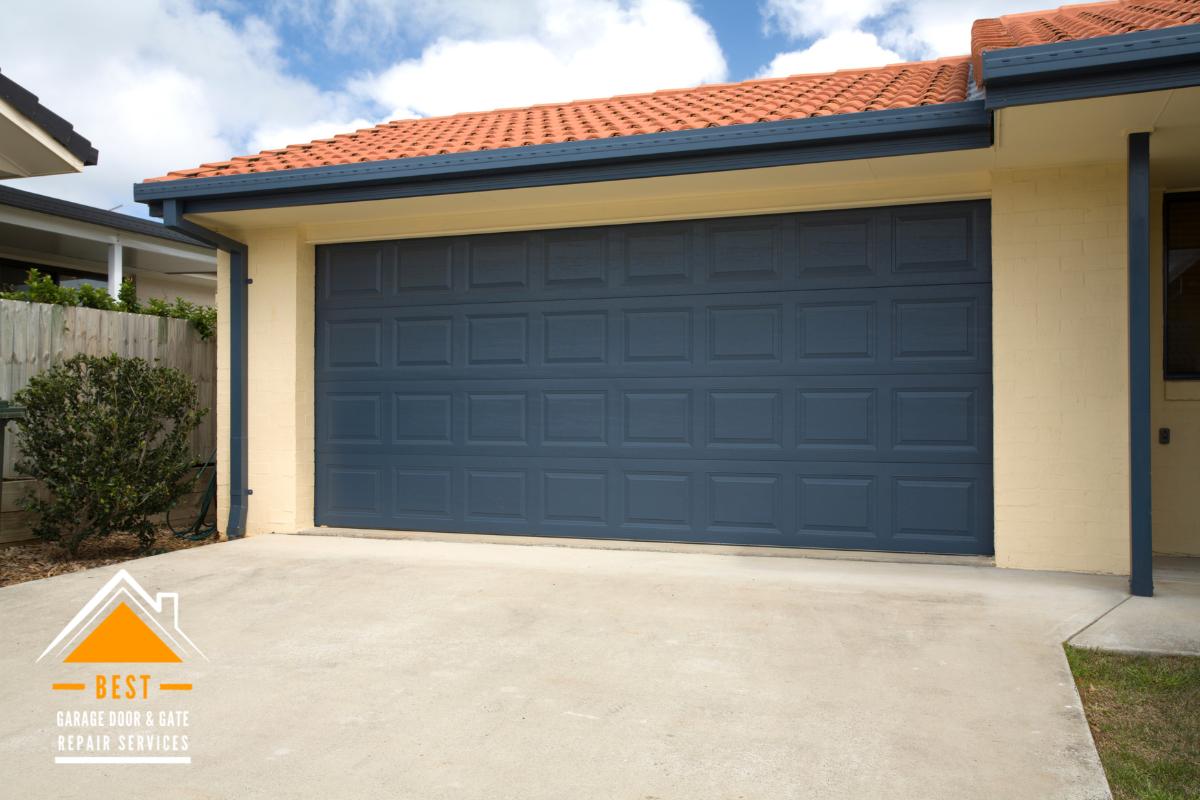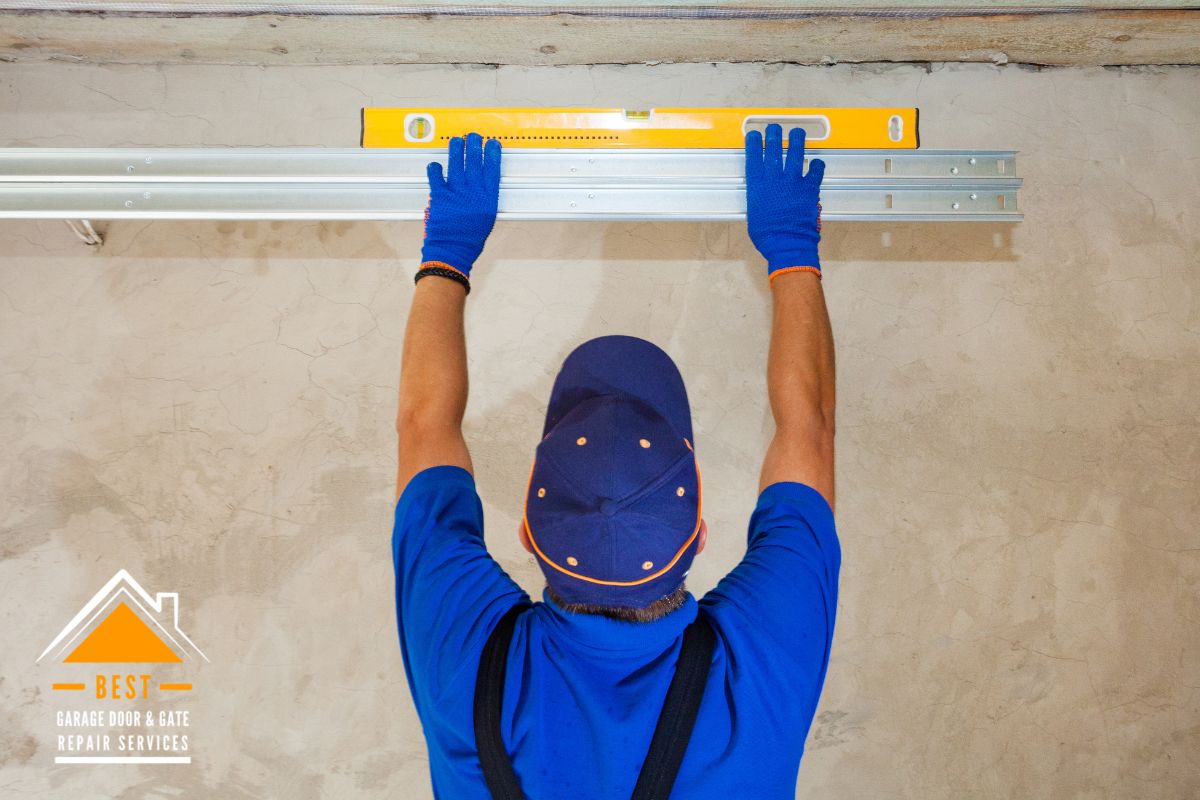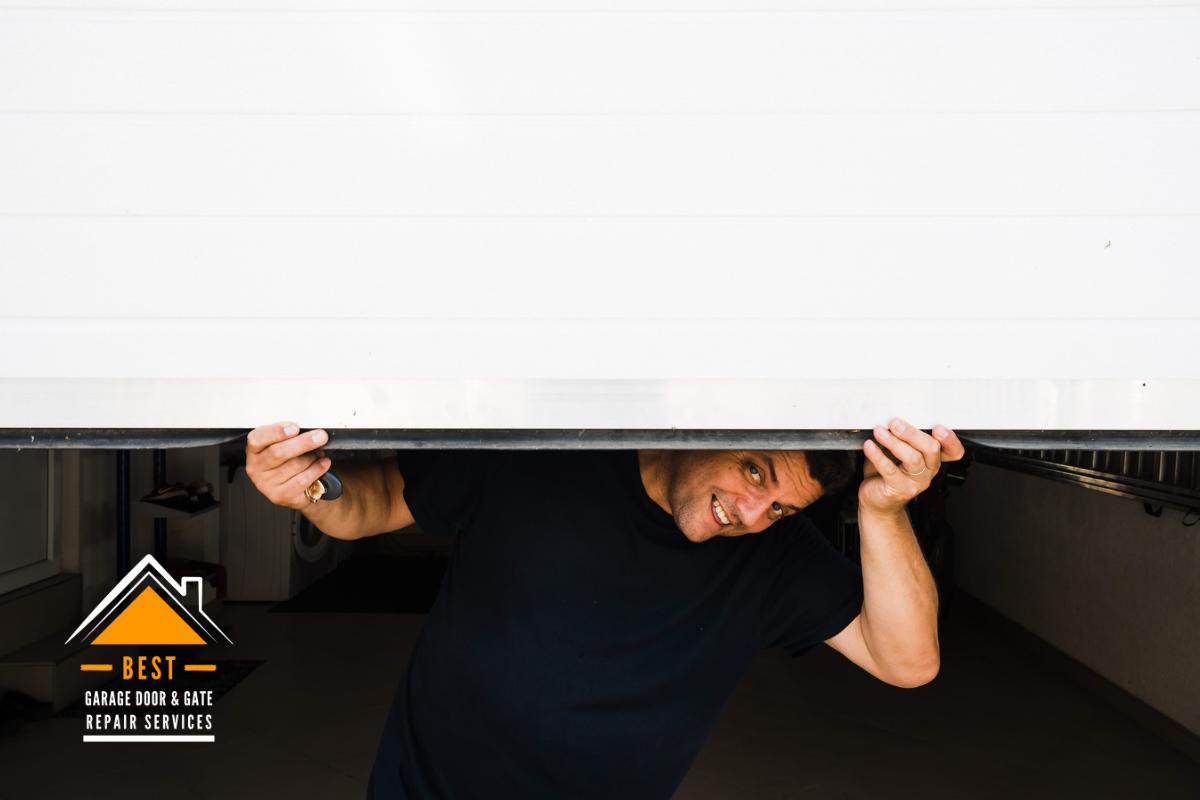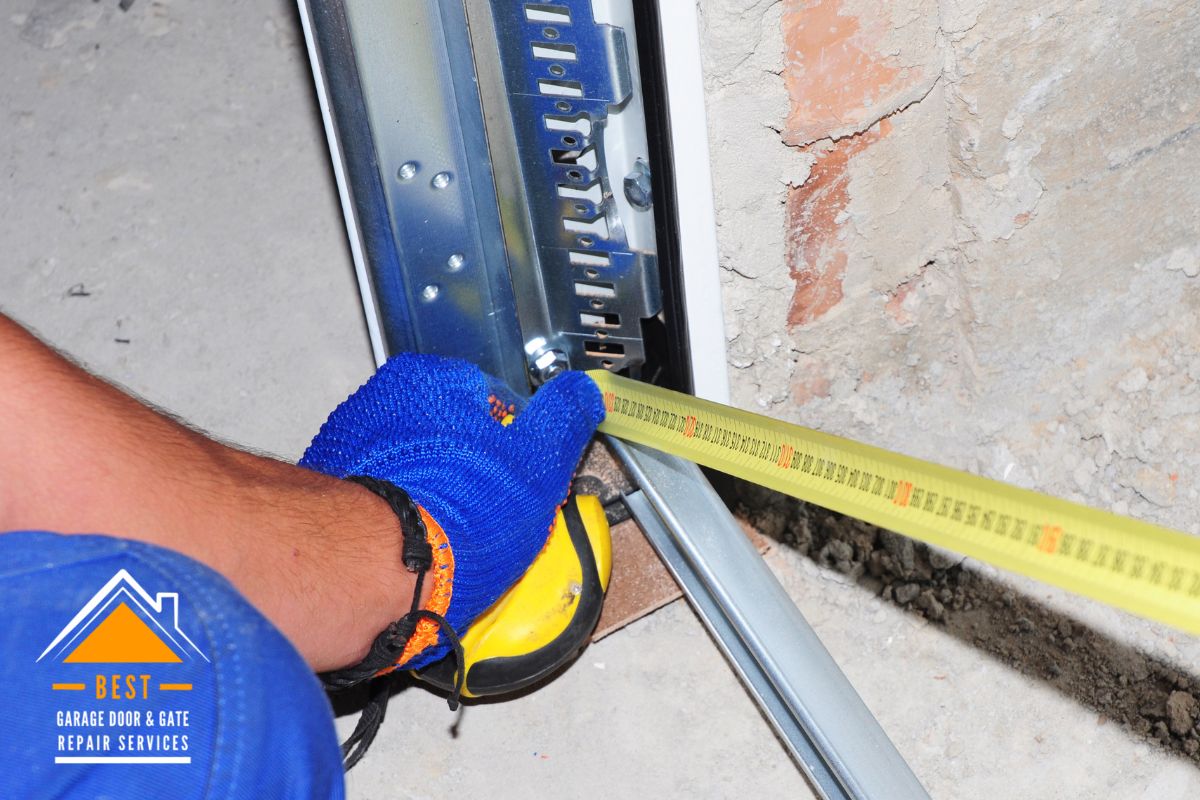Embarking on a journey to replace or install a new garage door requires meticulous planning, starting with precise measurements. The accuracy of these measurements is crucial not only for aesthetic reasons but also for ensuring smooth functionality and longevity of your garage door system.
In this guide, we’ll provide you with a step-by-step approach to measuring your garage door accurately, whether you’re upgrading an existing one or installing a brand-new door.
Table of Contents
Deciphering Garage Door Types and Styles
Before diving into measurements, it’s essential to understand the various types and styles of garage doors available. These may include sectional, roll-up, side-hinged, or carriage-style doors, each requiring specific measurement techniques. Additionally, consider the material, design, and insulation options of the door to tailor your measurements accordingly.
Measuring the Width of Your Garage Opening
The first step is to measure the width of the garage opening. Using a Tape Measure, determine the distance between the inside edges of the opening. It’s crucial to take measurements at multiple points along the width, including near the top, middle, and bottom of the opening. Record the smallest measurement to ensure that your new door will fit seamlessly without any issues.

Measuring the Width of Your Garage Opening
Determining the Height of Your Garage Opening
Next, measure the height of the garage opening from the floor to the highest point. Similar to measuring width, take measurements at various points along the height, including on the left side, center, and right side of the opening. Again, record the smallest measurement to guarantee proper clearance for the new door. Accuracy is key to avoid any potential problems with fit or functionality.

Determining the Height of Your Garage Opening
Considering Additional Clearance Requirements
In addition to width and height, consider any additional clearance requirements for the new garage door. For sectional or roll-up doors, measure the headroom, which is the distance between the top of the opening and the ceiling or overhead structure. Ensure there is enough headroom to accommodate the door’s tracks and opener mechanism without any obstructions.
For roll-up doors, also measure the side room, which is the distance between the sides of the opening and any adjacent walls or obstructions. Sufficient side room is essential for the door to operate smoothly without any interference. Take note of any potential obstacles that may affect the door’s clearance requirements.

Considering Additional Clearance Requirements
Bottom Line
Accurate measurements are the cornerstone of a successful Garage Door Replacement or installation project. By understanding the different types and styles of garage doors, measuring the width and height of the opening, and considering additional clearance requirements, you can ensure a perfect fit and optimal performance for your new garage door.
If you’re uncertain about taking measurements yourself, don’t hesitate to enlist the help of a professional garage door installer. With careful planning and attention to detail, you’ll enjoy a beautiful, functional garage door that enhances the overall look and functionality of your home for years to come.


Leave A Comment